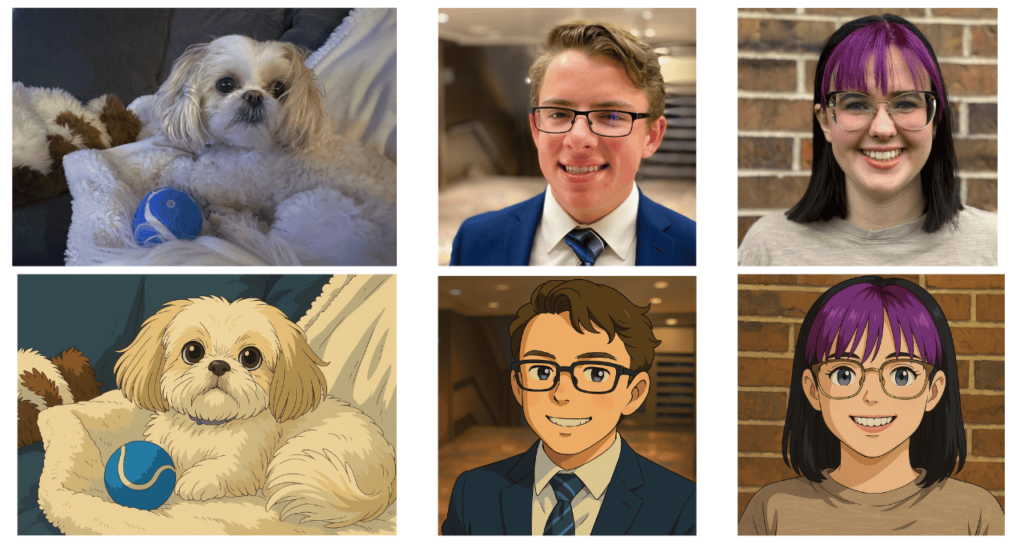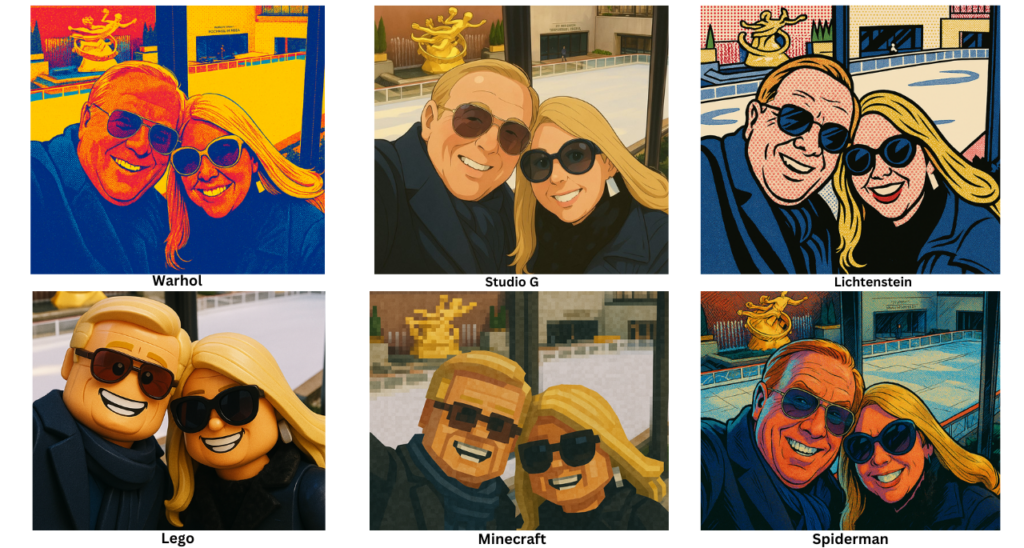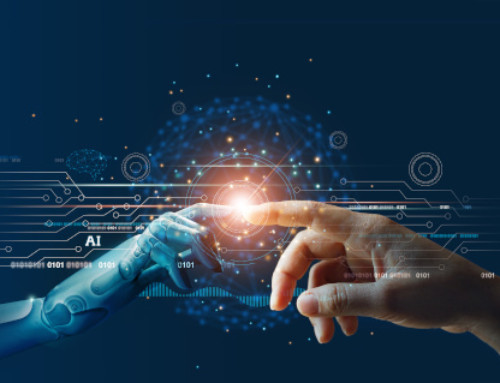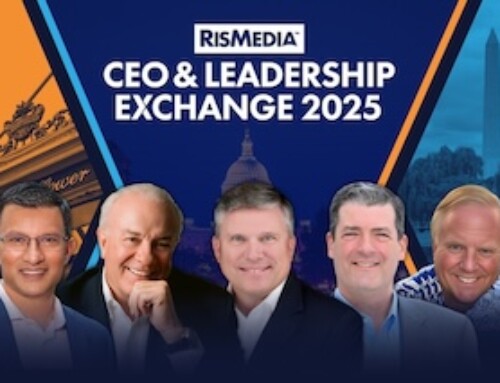We’ve used ChatGPT and ChatGPT Teams to create much of the accompanying artwork for the more than 200 stories I’ve written for our REAL AI weekly newsletter. For a time, Midjourney was our image champ. Then, we discovered some tricks we could do with Canva‘s AI image generation tools.
But now, it’s all ChatGPT: its image generation capabilities just leapfrogged the competition. Upload a photo to render a new image in almost every art style.
Social media users are losing their minds over its ability to Studio Ghibli-style capabilities. The demand on ChatGPT has been so massive that its leader asked people to “please chill” because his people “need sleep.”
Sam Altman, CEO of OpenAI, added “our GPUs are melting” because of the “biblical demand.”
More importantly, it has reignited the AI copyright battle.
What ChatGPT can do in seconds could take a veteran artist an hour or two. And the result is included in your monthly subscription – a fraction of what you’d pay an artist for just one image.
What’s all the fuss?
I went down the Studio Ghibli rabbit hole right last week. I started uploading family photos to ChatGPT Teams. In less than two minutes, the results were stunning. A picture is worth 1,000 words, right? In this case, they tell the impact of what ChatGPT can do better than I can describe:
Mimics every style
What was lost on most people who immediately got addicted to creating Studio Ghibli images was that ChatGPT can imitate nearly any style you can imagine. I uploaded a favorite photo of my wife and me at the Rockefeller Center ice skating rink, prompting ChatGPT to create an image of about a dozen art styles.
Here is a sample of what ChatGPT created:
I then asked ChatGPT to give me a list of visual styles it could render, and this is only a partial list:
Art & Illustration Styles
- Impressionist (Monet, Renoir): Soft, light-focused brushwork.
- Cubist (Picasso, Braque): Abstract geometric reinterpretation.
- Art Nouveau (Mucha): Flowing lines, decorative floral frames.
- Pop Art (Warhol, Lichtenstein): Bold colors, halftones, comic-book flair.
- Surrealist (Dali, Magritte): Dreamlike, symbolic transformations.
- Line Art: Minimalist outlines with or without color fill.
- Watercolor Painting: Soft gradients and delicate brushstrokes
Art & Illustration Styles
- Impressionist (Monet, Renoir): Soft, light-focused brushwork.
- Cubist (Picasso, Braque): Abstract geometric reinterpretation.
- Art Nouveau (Mucha): Flowing lines, decorative floral frames.
- Pop Art (Warhol, Lichtenstein): Bold colors, halftones, comic-book flair.
- Surrealist (Dali, Magritte): Dreamlike, symbolic transformations.
- Line Art: Minimalist outlines with or without color fill.
- Watercolor Painting: Soft gradients and delicate brushstrokes.
Animated / Pop Culture Styles
- Disney/Pixar: Clean, stylized realism with expressive features.
- DreamWorks (e.g., How to Train Your Dragon): More dynamic, semi-realistic 3D feel.
- Tim Burton: Gothic, quirky, exaggerated proportions.
- Arcane / League of Legends: Painterly, detailed, moody lighting.
- Spider-Verse (Into the Spider-Verse): Comic-insp
Modern & Stylized Aesthetics
- Cyberpunk / Synthwave: Neon hues, dark backdrops, chrome textures.
- Vaporwave / Y2K: Pastels, glitch art, 90s web aesthetic.
- Low Poly / Polygonal Art: Simplified 3D geometry.
- Anime Realism: A blend of Japanese anime proportions with realistic shading and textures.
- Manga-style Inked: High-contrast black-and-white illustrations.
- Dark Fantasy / Gothic: Shadows, dramatic contrast, and medieval themes.
- Barbiecore / Pastel Pop: Hyper-feminine, dreamy color palettes, and soft edges.
- Pixel Art: Retro 8-bit or 16-bit gaming-inspired.
Photo-based Transformations
- Cinematic / Film Still: Moody color grading and dramatic angles.
- Old Photo / Vintage: Sepia tones, grain, vignetting.
- Oil Painting / Classical Portraiture: Rich brushstrokes, Renaissance lighting.
- Charcoal or Pencil Sketch: Hand-drawn effect with textured paper.
Is it all a data ploy?
Cynics and conspiracists are pontificating that what OpenAI is doing is collecting a massive database of information on all of us for facial recognition and data mining. We certainly are uploading personal photos by the dozens.
But seriously, all someone would have to do is scrape social media if they wanted to create a massive database like that.
What ChatGPT is doing is throwing gasoline on the AI copyright debate with its new image capabilities. It’s scary good, easier than ever to refine, and the results really are mind blowing.
I feel like I’m trapped in watching that horrific inside-the-car scene in “Pulp Fiction” for the first time: I was morally conflicted laughing at something so terrible.
Despite having friends who make a living with art, I can’t help myself in testing the newest AI superpower.
* * *
You can keep up-to-date on all the latest AI developments impacting real estate with REAL AI, our free weekly newsletter – subscribe here.






